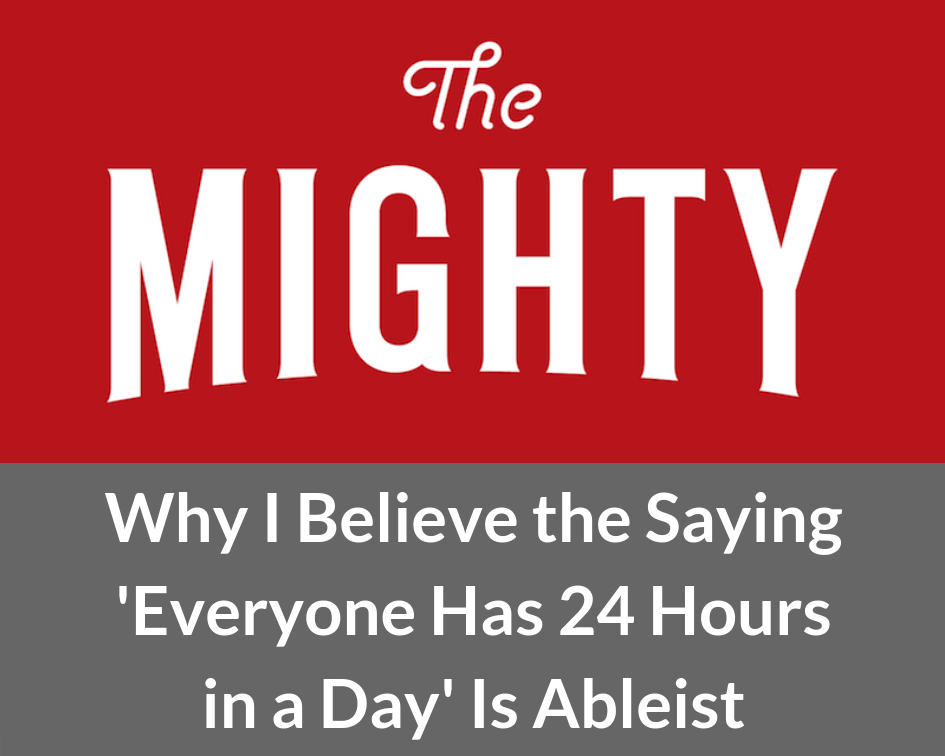Some people see duathlon simply as a training tool for triathletes, but I think it deserves to be recognized as the unique sport that it is. After all, it presents its own set of challenges and requires the same level of training and discipline as any other endurance sport.
I completed my first sprint duathlon in 2016 and completed two more races in 2017. Lots of appointments, tests and a surgery in the summer - smack dab in the middle of race season - kept me from competing last year. But 2019 is my comeback year. Getting back into race mode is especially convenient now that I work for a running company that manages some of the best races in Northwest Ohio. As an ambassador for the company, I not only have extra incentive to run, but I can register at a discounted rate. It's a win-win. Beginning in May, I'll undertake my most ambitious duathlon season to date. The DC Duathlon Series is a four-race series that kicks off with the Dooby Du event on Sunday, May 5. The final race, the Whitehouse Duathlon, concludes the series on Sunday, June 9.
Duathlon training presents some unique challenges for anyone with chronic illness and/or physical limitations. Even with my knowledge of training and the human body's response to exercise from years working in the fitness industry, there's no "magic pill" for duathlon training with limitations. The keys to preparing for a successful duathlon are pacing and transitioning.
Pacing
If you've lived with a chronic illness for any significant period of time, you already understand the concept of pacing. It's the basis of the spoon theory and an unfortunate reality for many chronically ill people. Pacing becomes even more important in training for any kind of endurance event.
My training workouts will consist of what are known as "bricks" in the multisport world. Bricks consist of running and biking combinations in various distances, to prepare for the challenge of the full duathlon distance. My bricks, however, will be much shorter than many athletes' training workouts. Because I have to pay special attention to pacing myself and conserve energy for race day, I'll be completing mini-bricks in the weeks leading up to my first race. While the mileage will stay relatively low, the brick format will allow me to practice transitioning from running to cycling and back to running. Transitioning
That transition isn't immediate. Your body needs time to adjust to the new demands of running on legs that have become accustomed to the bike over the last several miles. This transition is what I'll be practicing in my brick workouts.
Why I'm Du-ing It Anyway
There are several reasons I love the sport of duathlon. I'm not much of a swimmer, and du allows me to compete in the multisport world without getting wet. I enjoy running 5Ks, but duathlon combines running with one of my other favorite activities - biking. I can experience the thrill of completing a 15+ mile course without the strain on my knees and lungs that running long distances requires.
Duathlon isn't for everyone, but if you're interested in giving it a try, talk to your doctor first to get their approval. Start with some mini-bricks and build your endurance slowly. Remember - it doesn't matter how slow you go. Just take the first step and pace yourself! Follow my training journey on Instagram and try some mini-bricks for yourself! For the best gear (you'll need some good running shoes, comfortable clothes, a bike and helmet at the very least) visit Dave's Running and Cyclewerks. They both have multiple locations in Northwest Ohio, or you can shop online if that's more convenient! To learn more about the DC Duathlon Series and other events organized by Run Toledo, visit their website and check out the race calendar.
1 Comment
7/31/2023 07:18:06 pm
I love how this blog post "
Reply
Leave a Reply. |
My name is Maggie Morehart, and I'm the creator of Incurable. Learn more.
Categories
All
More Places to Find Me |







 RSS Feed
RSS Feed








